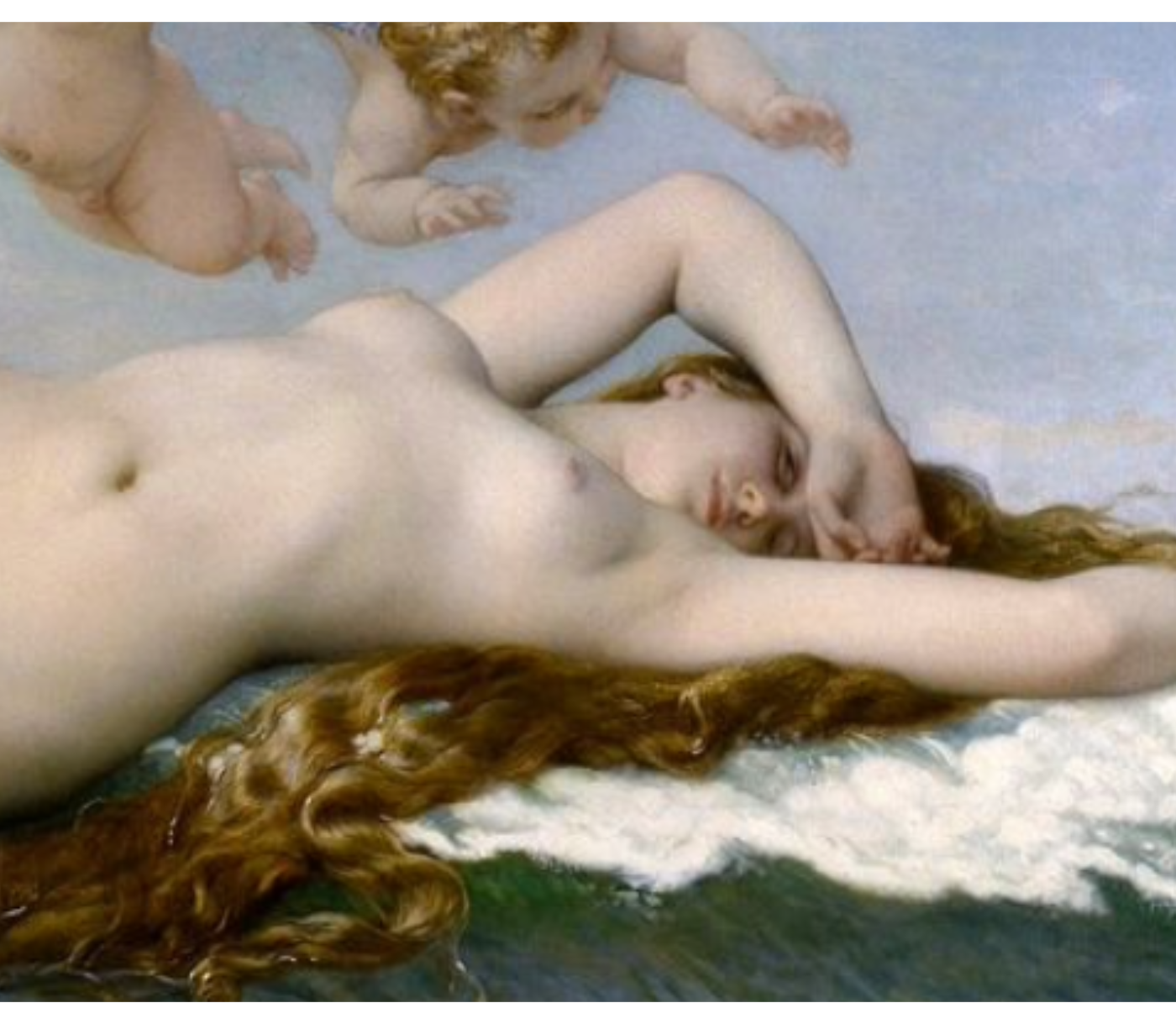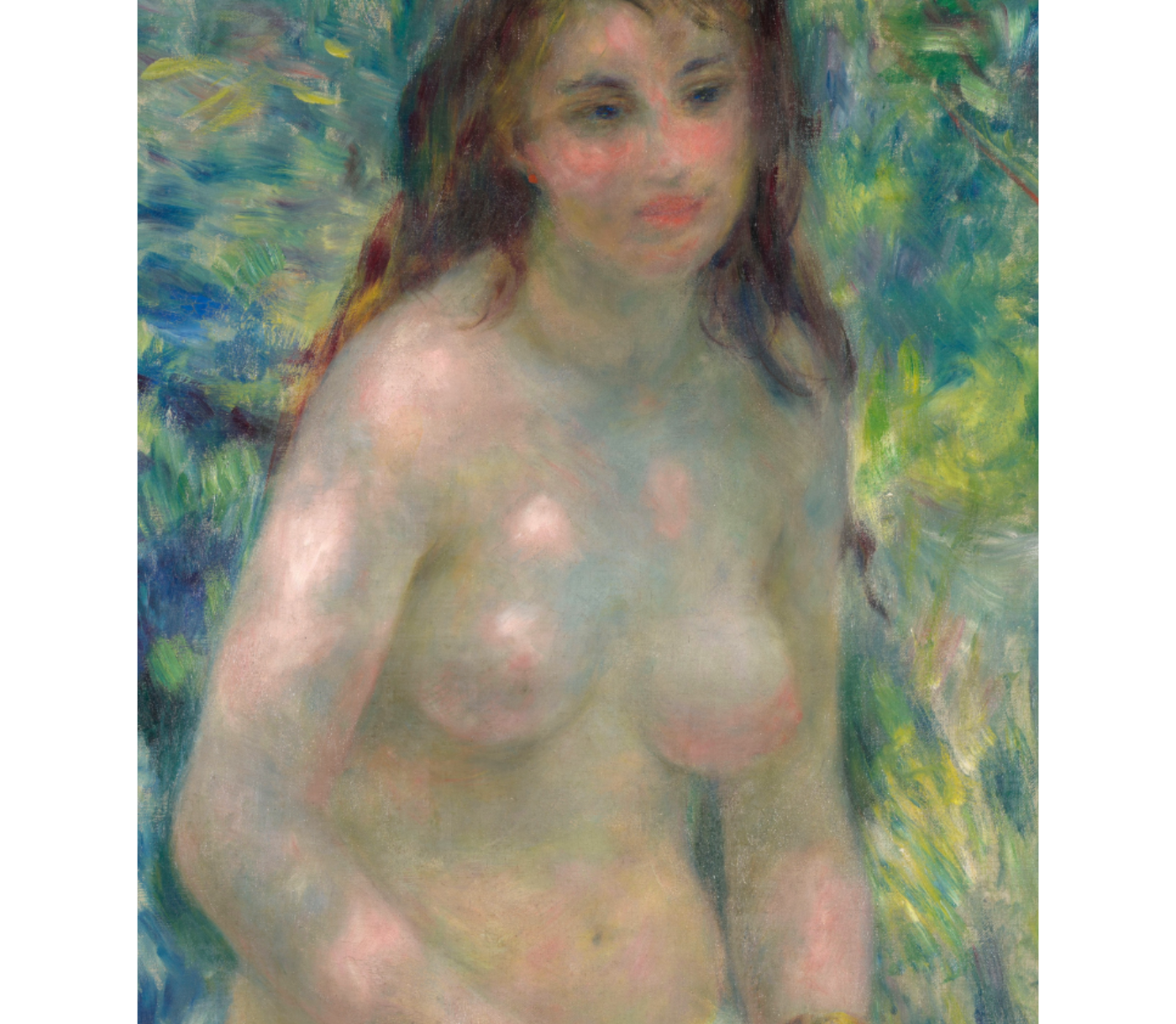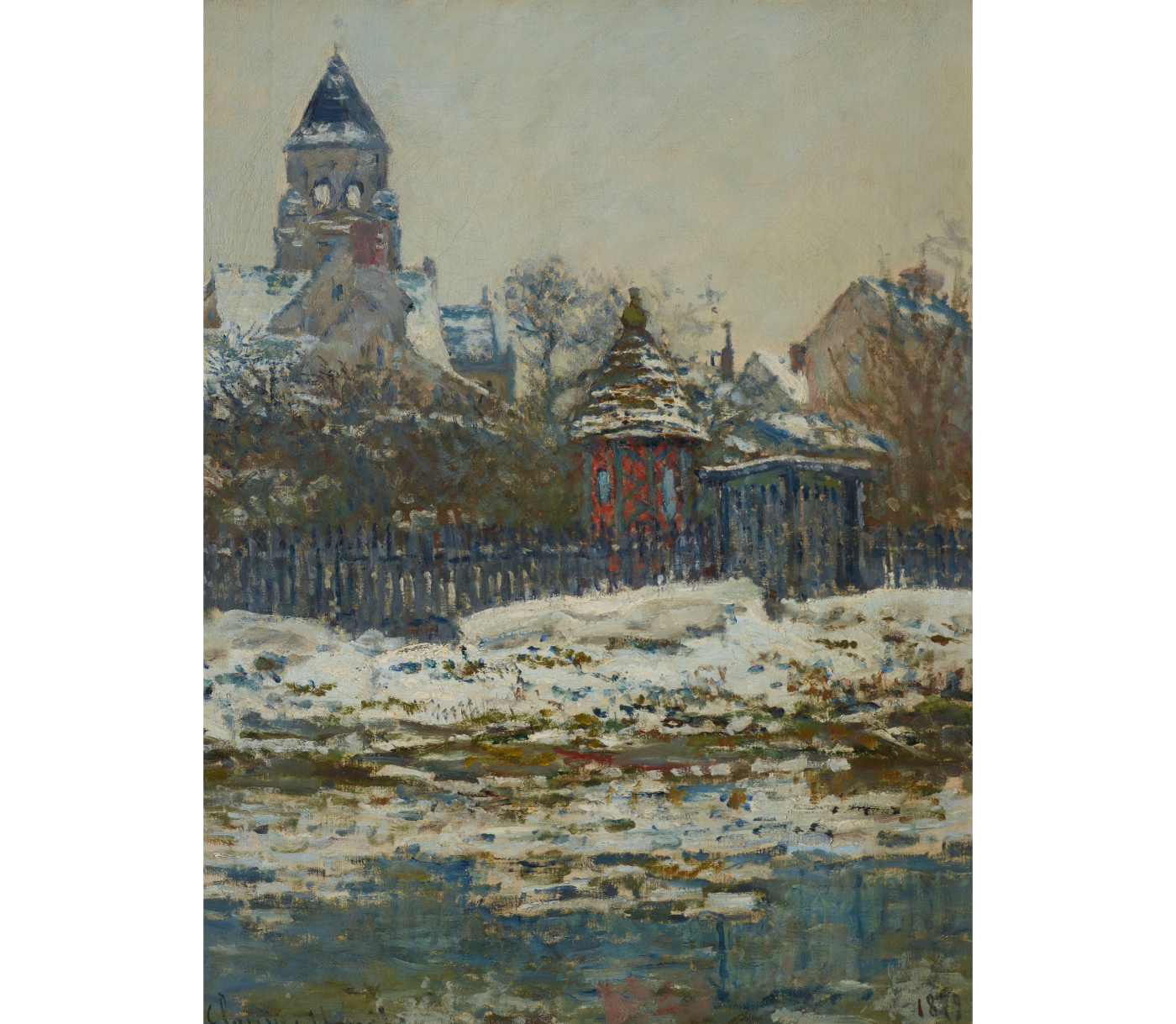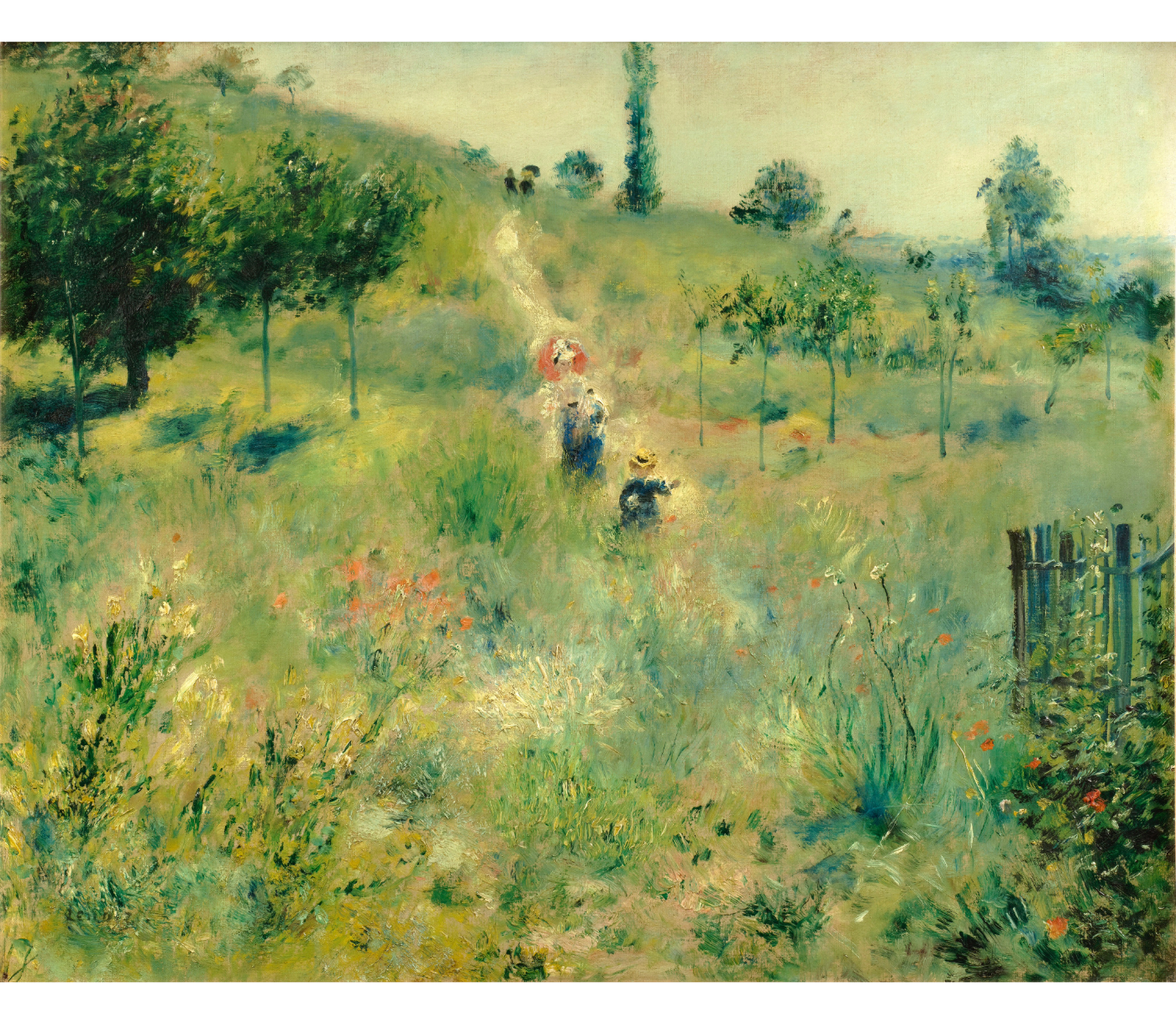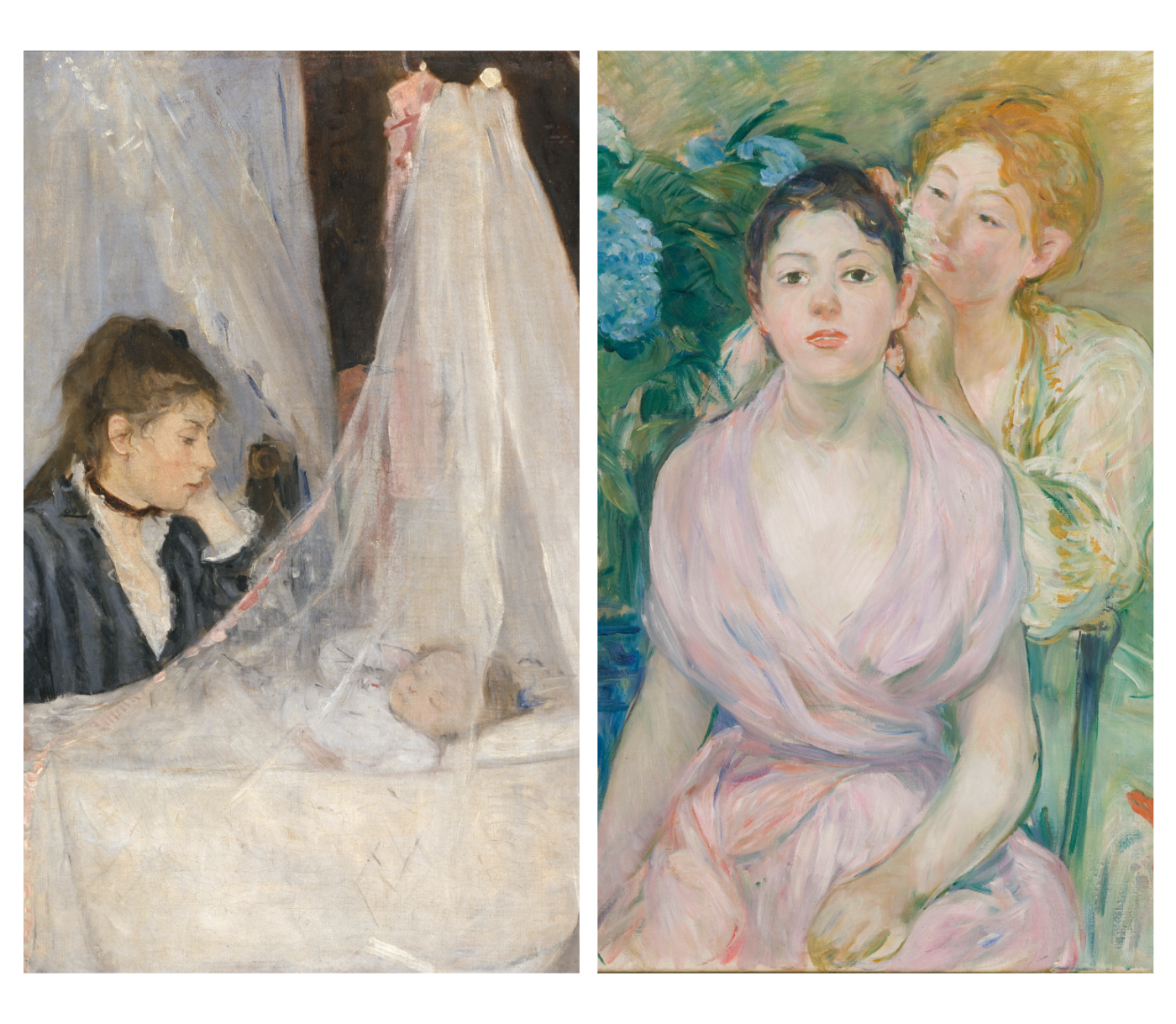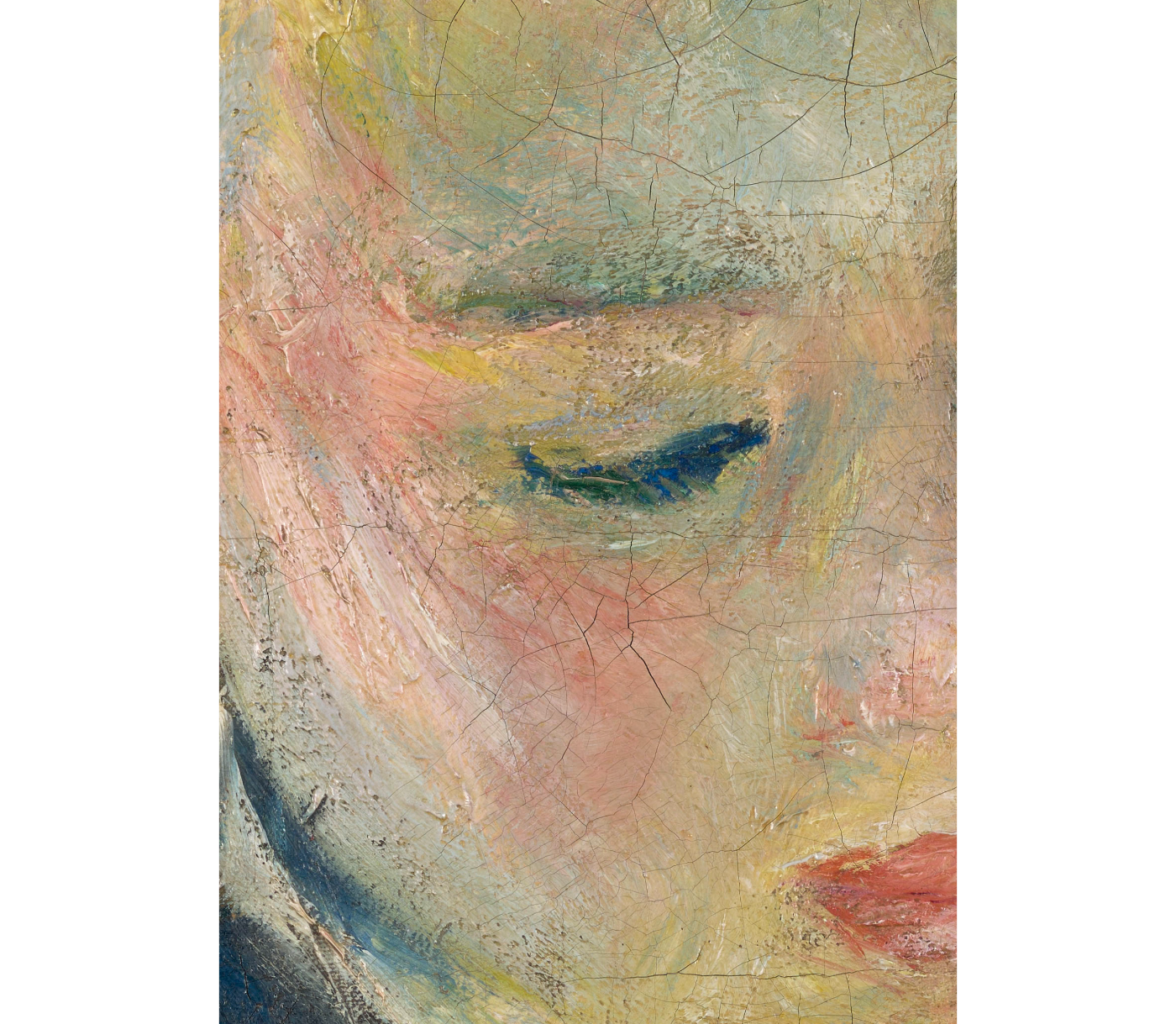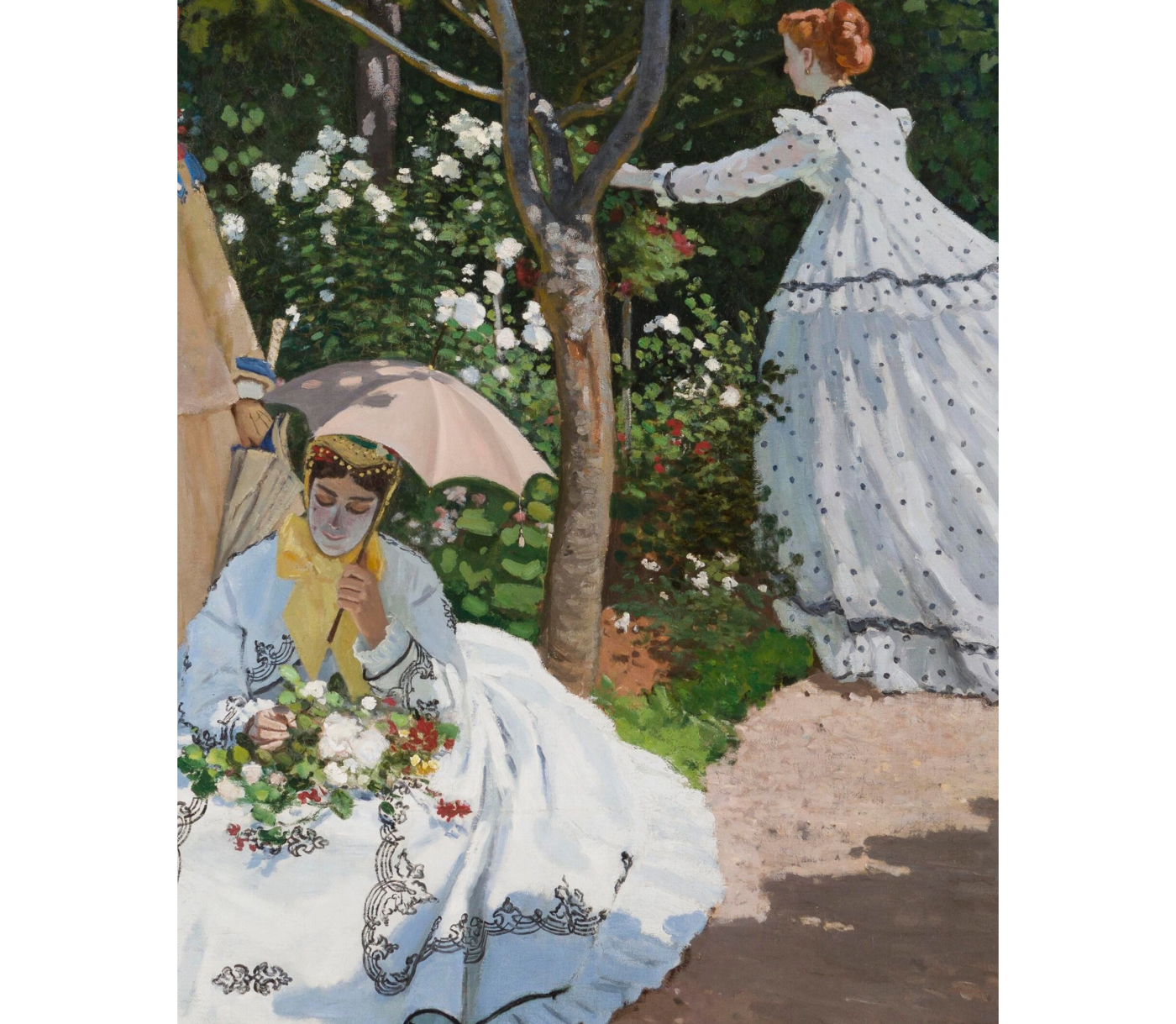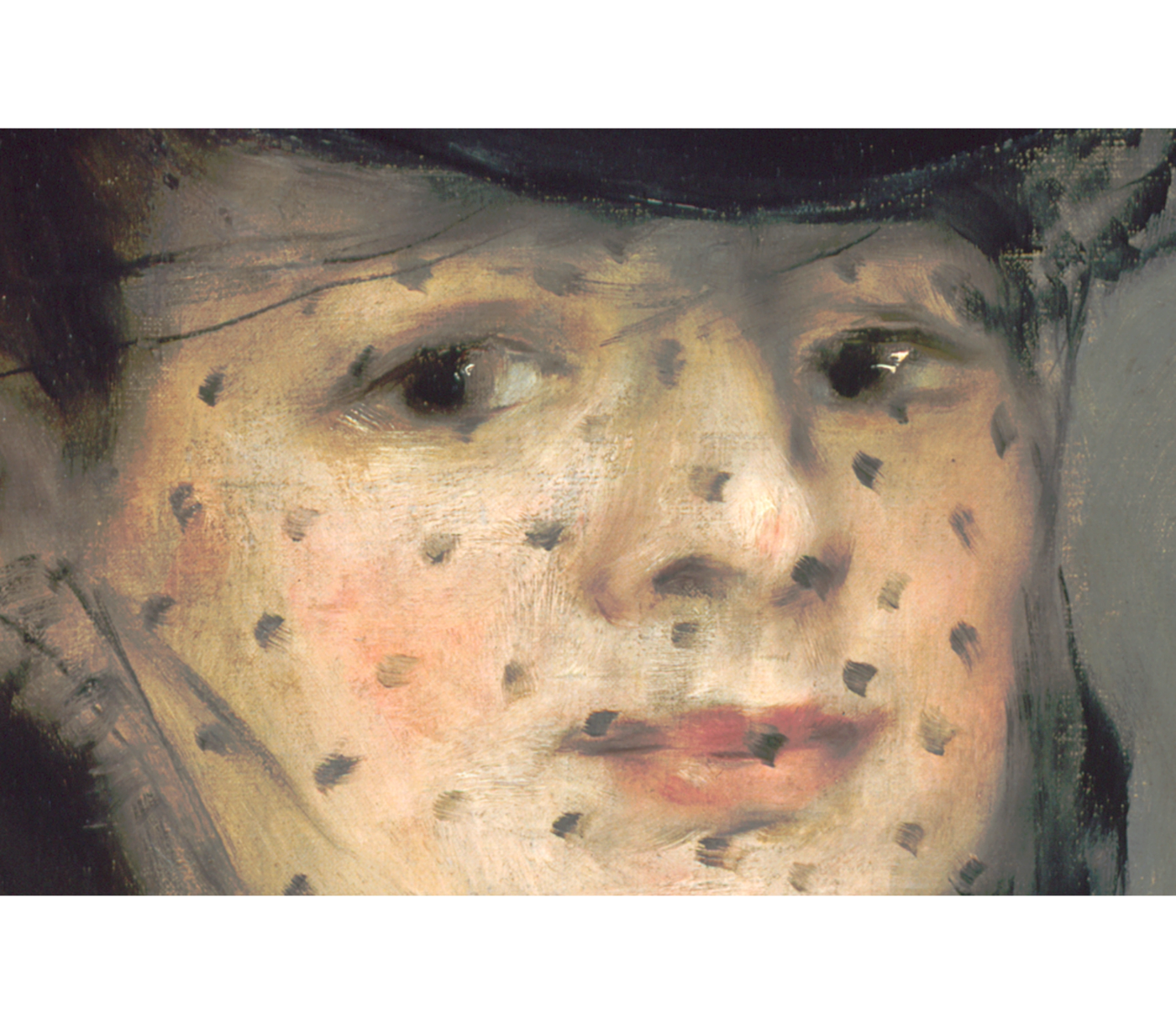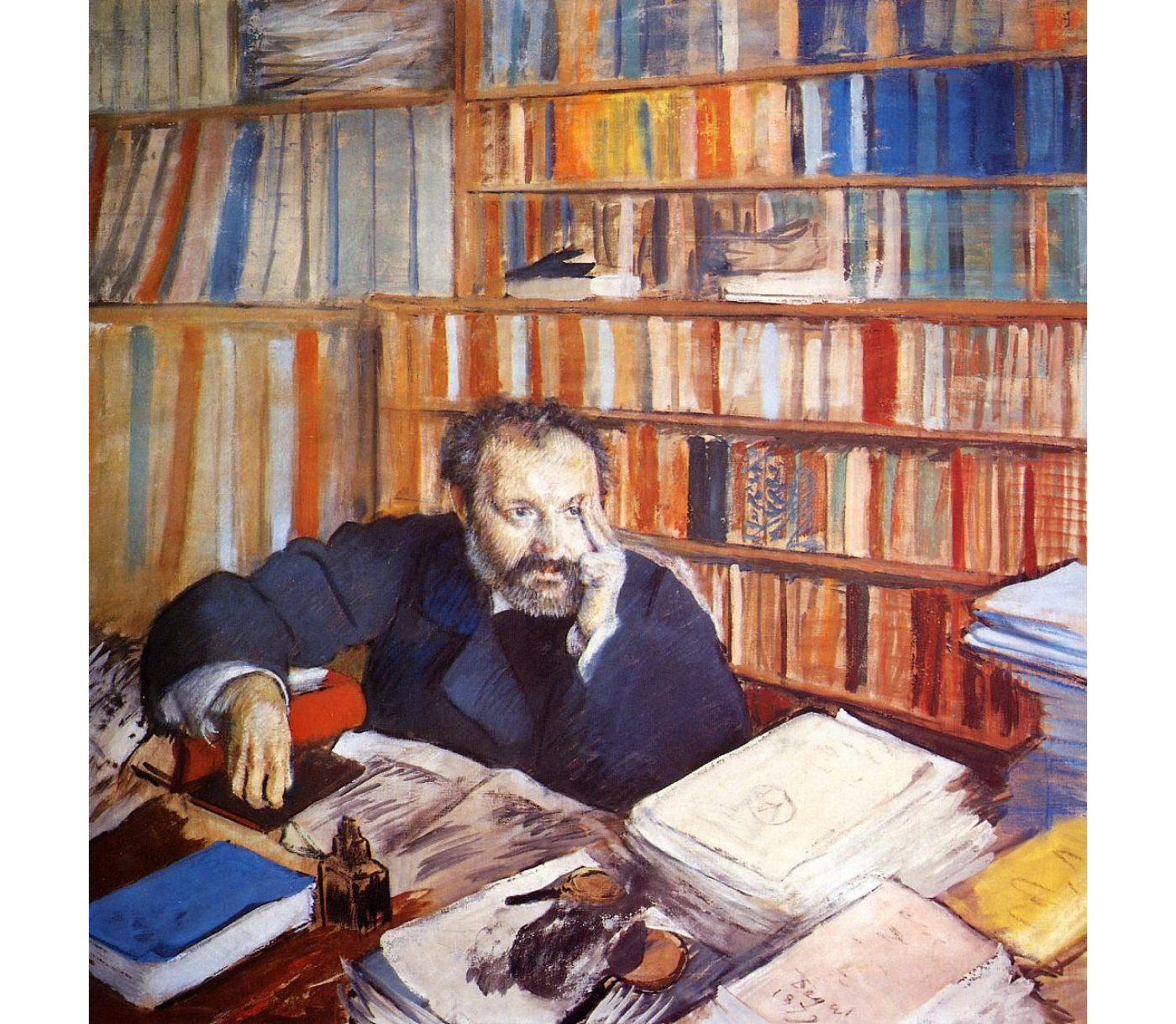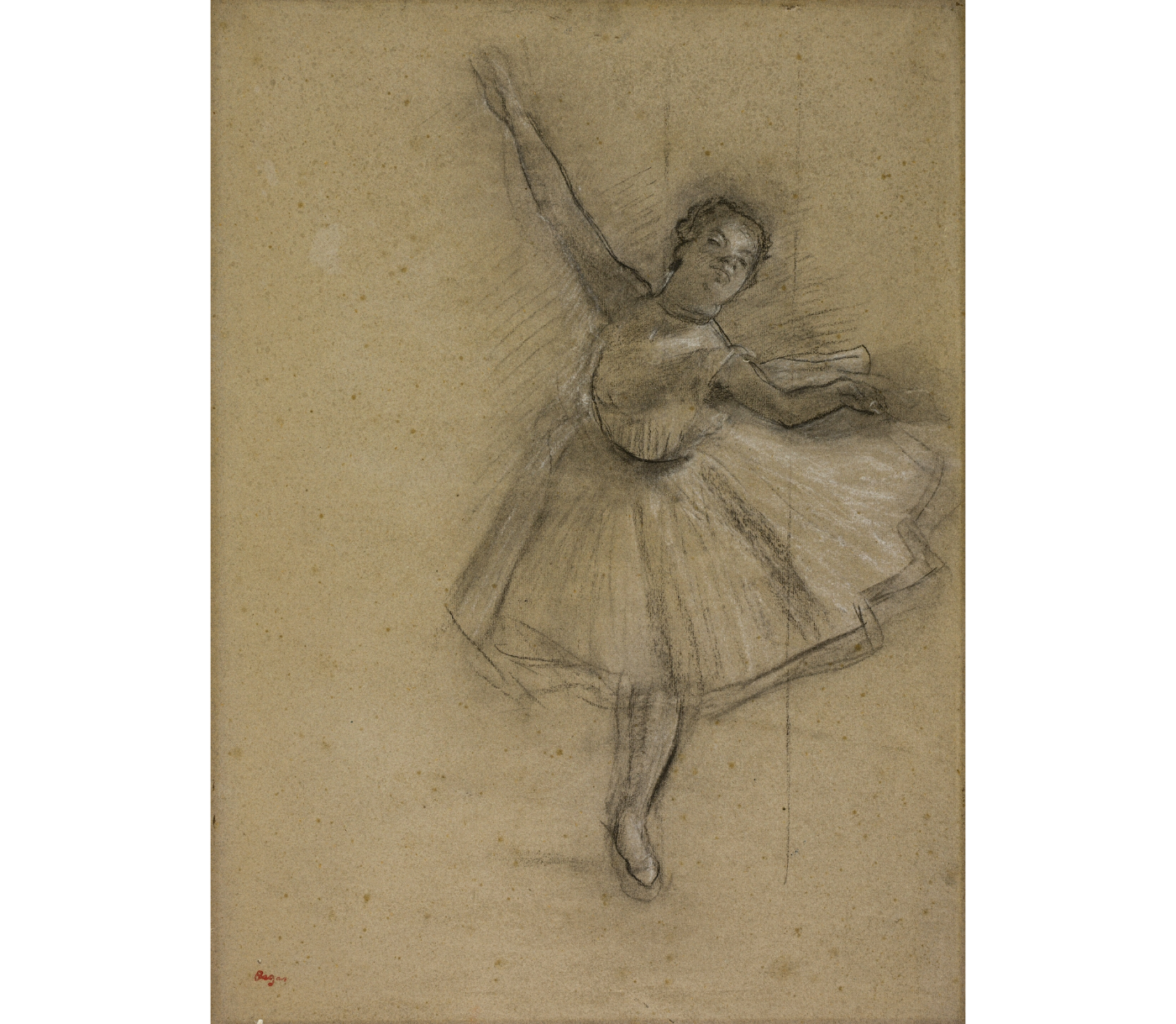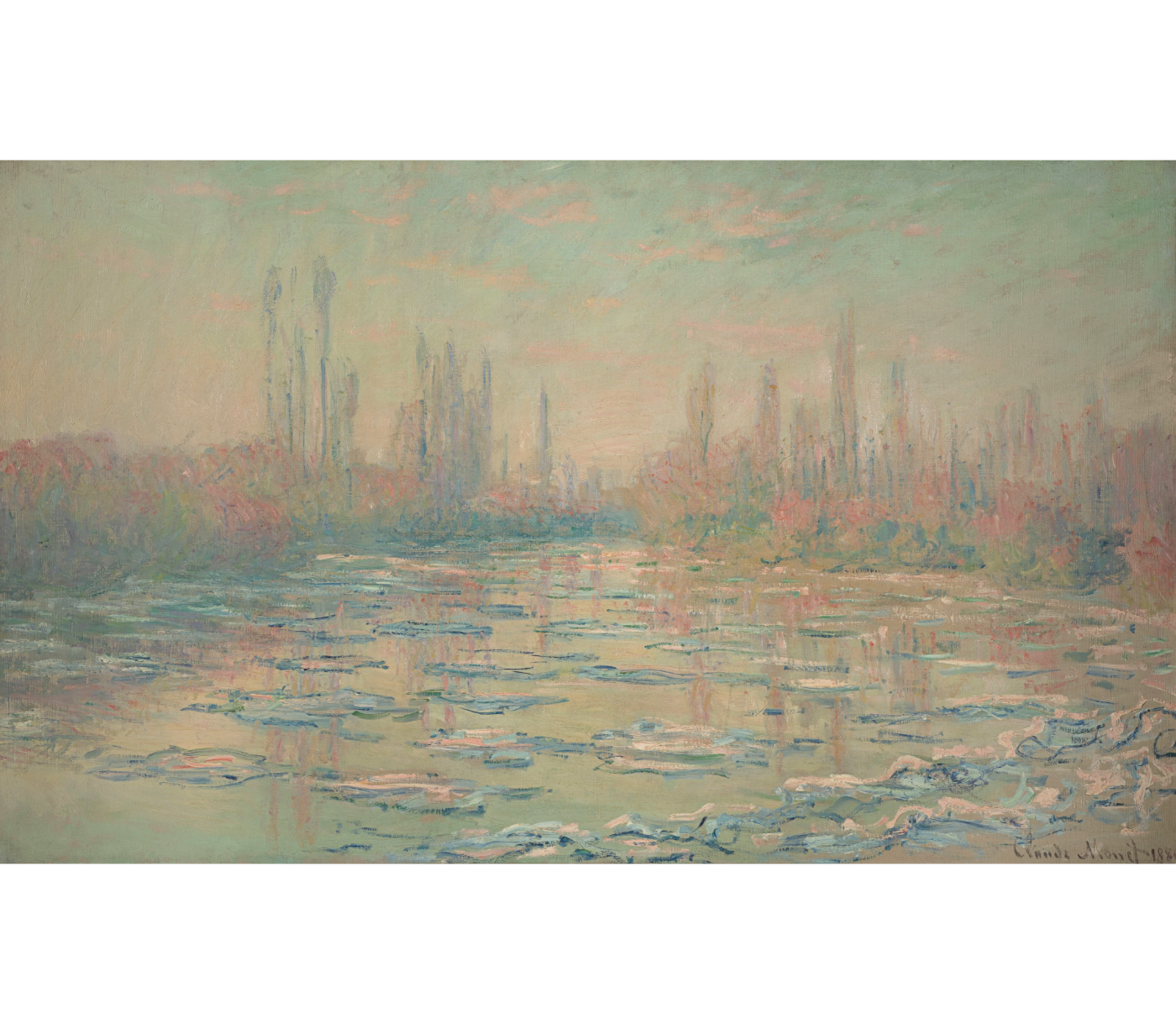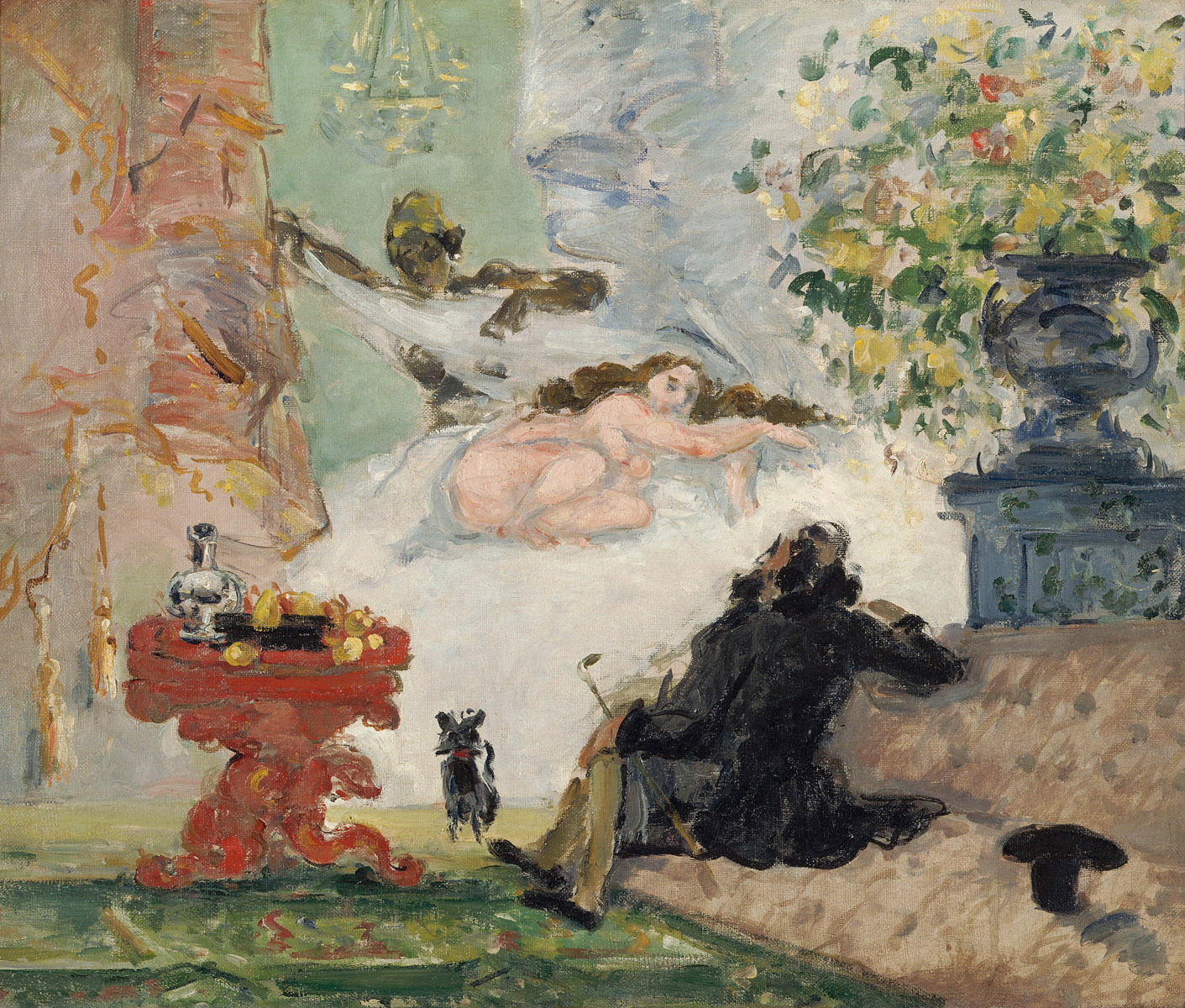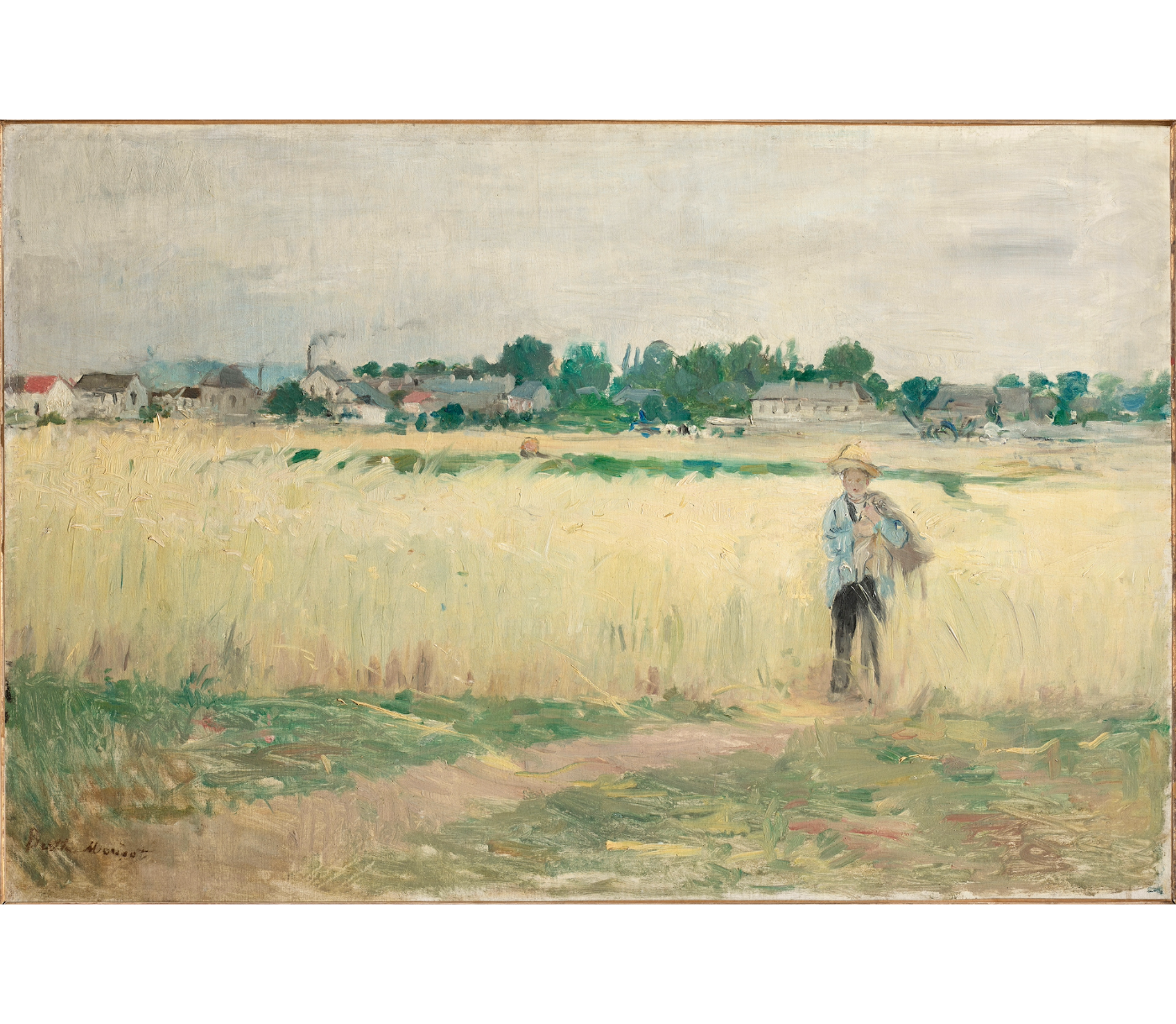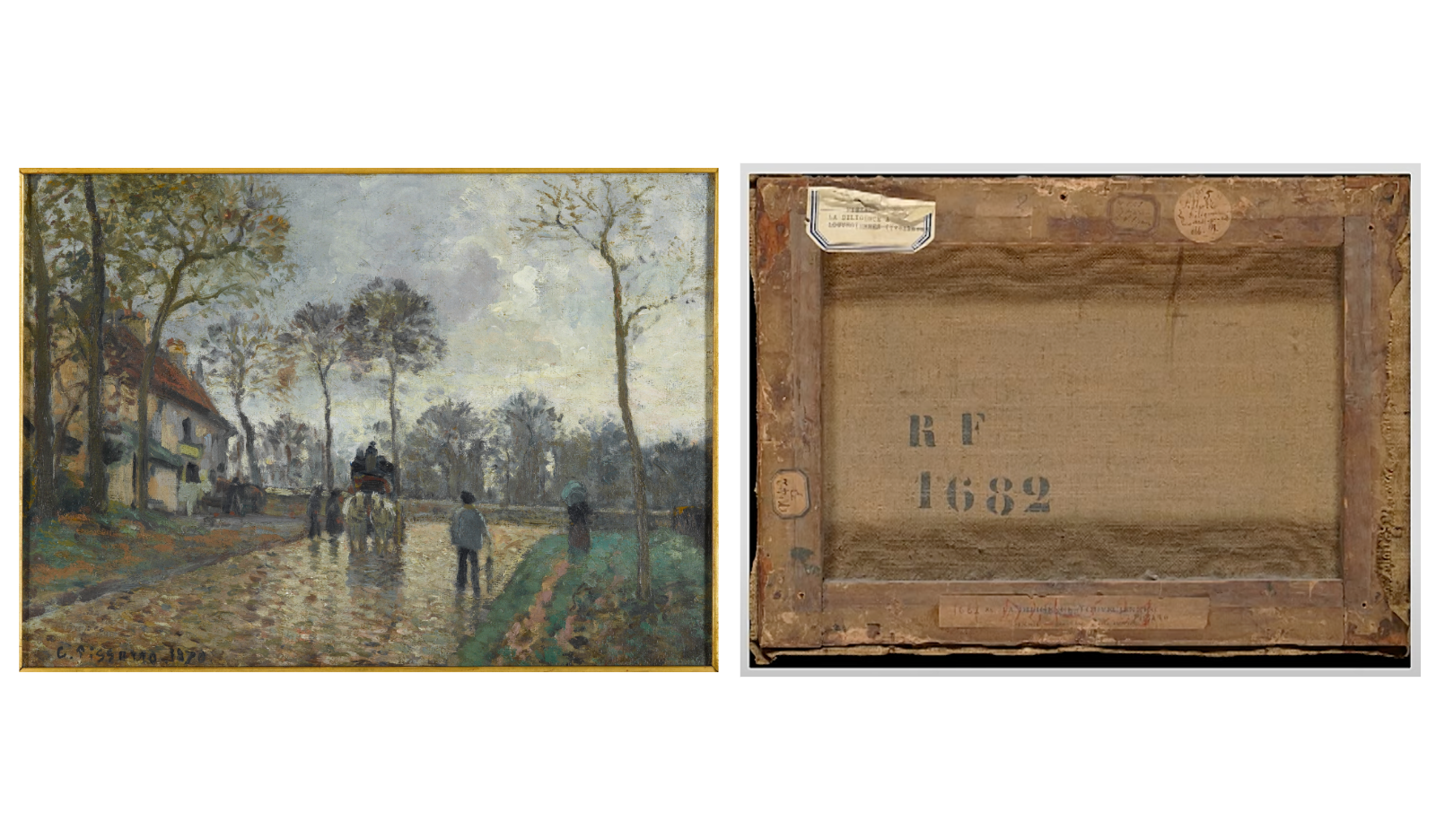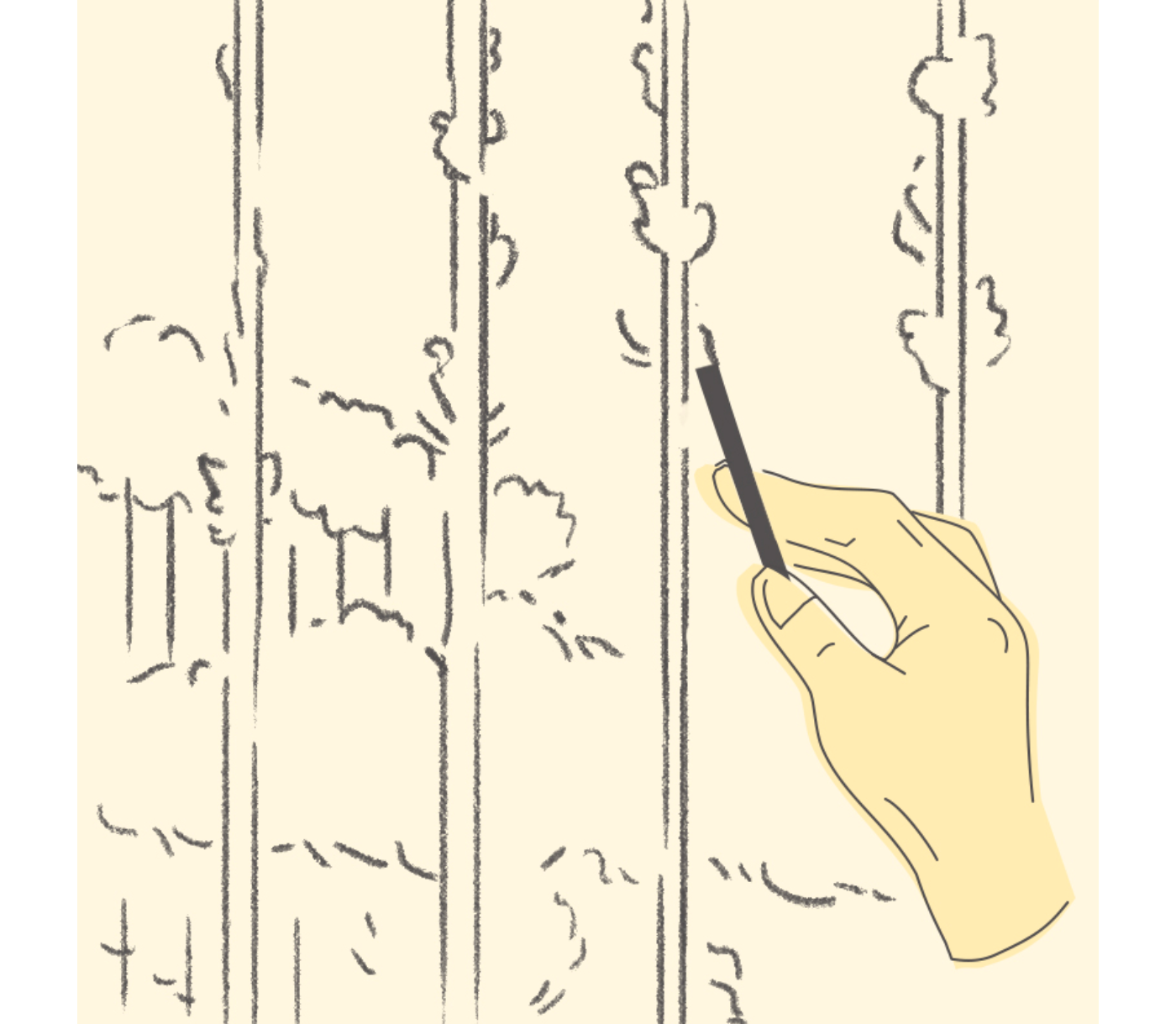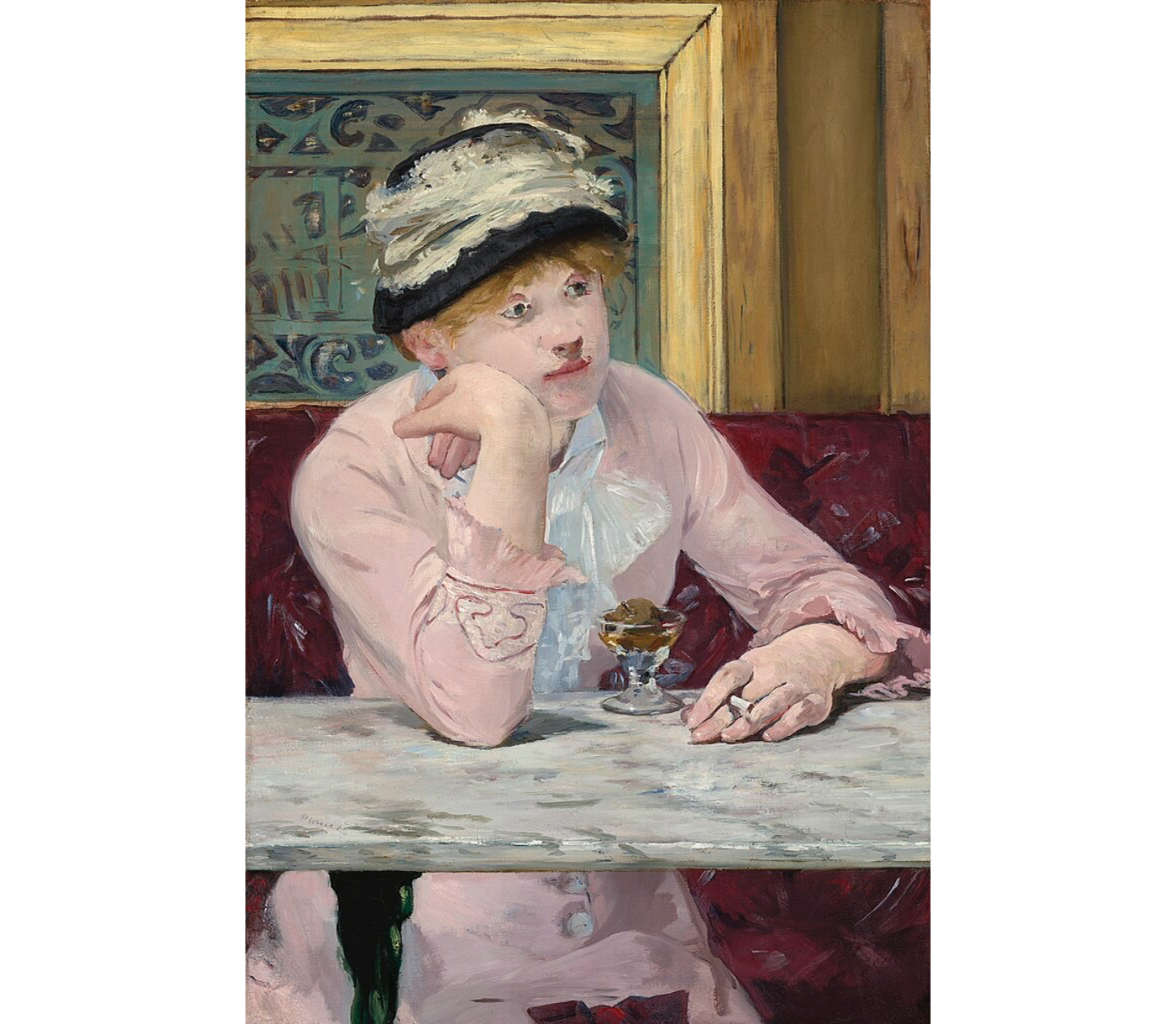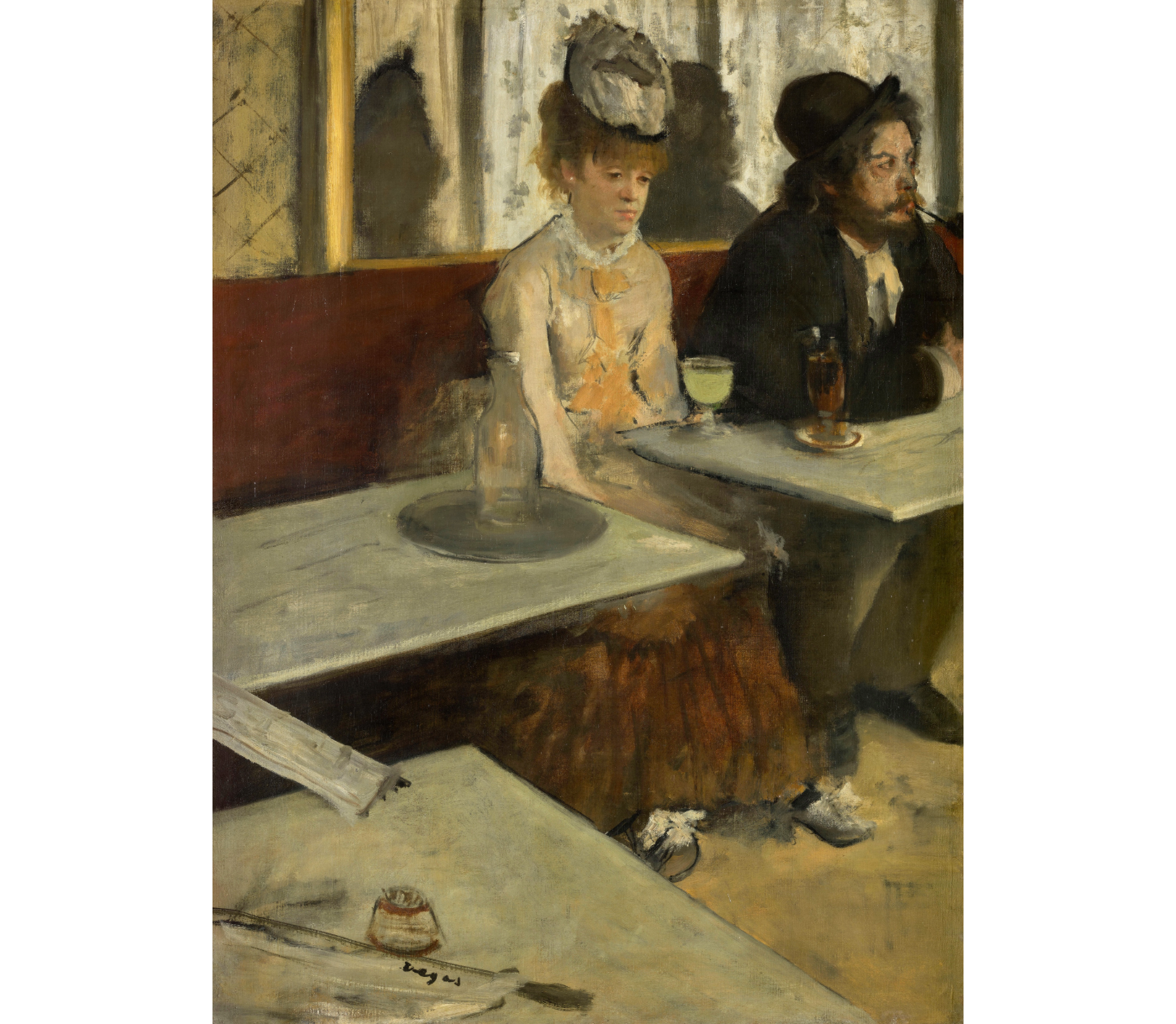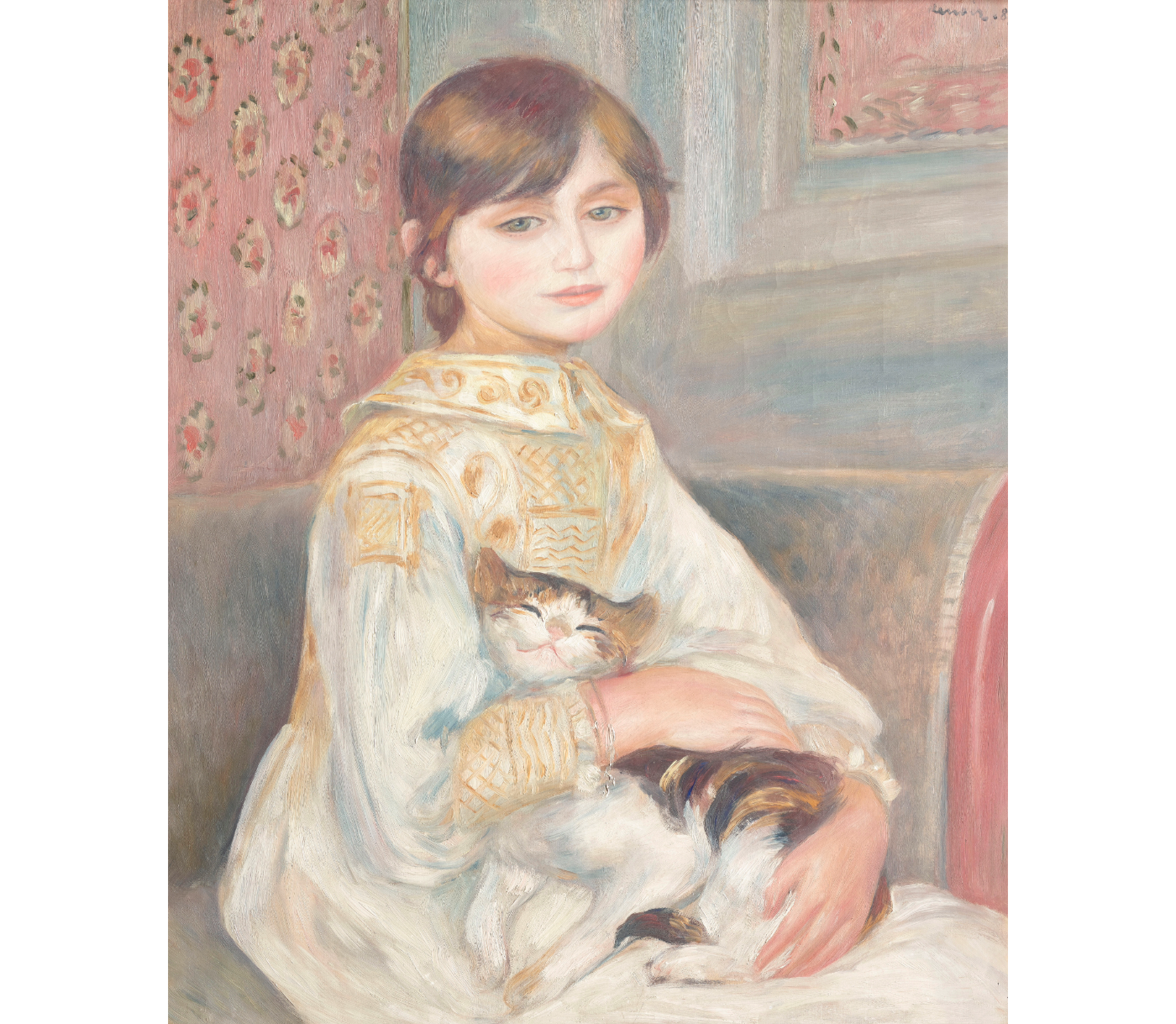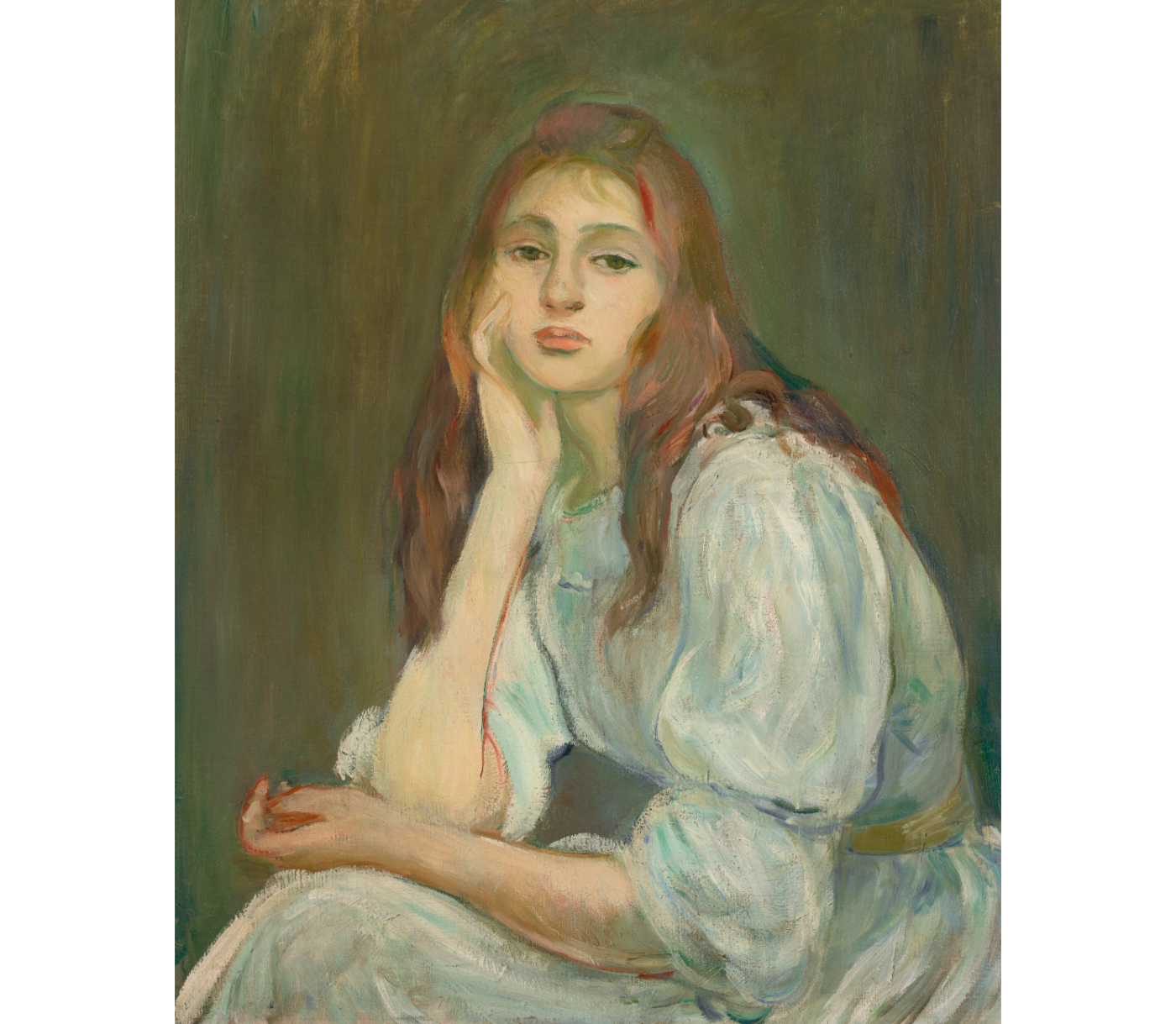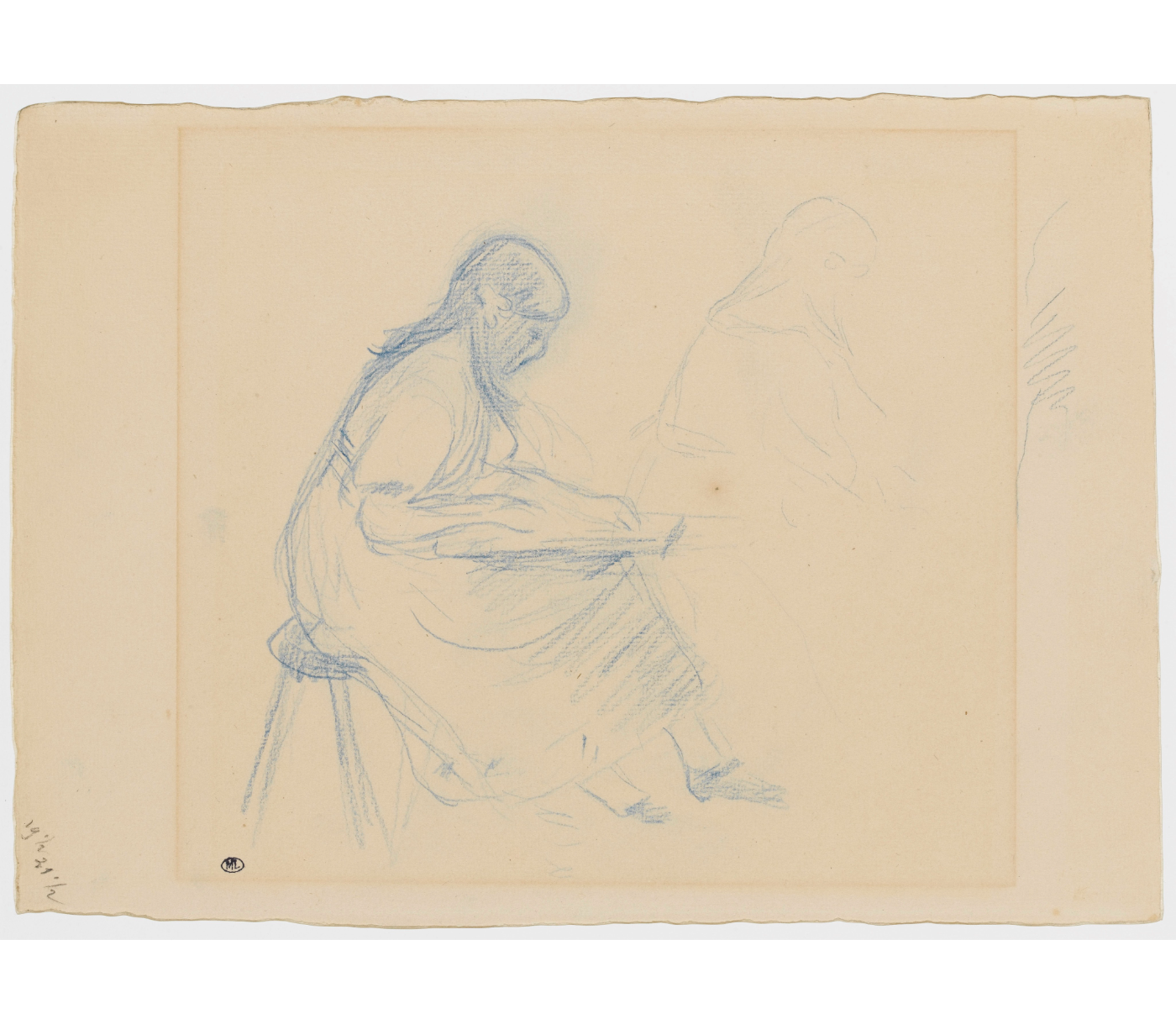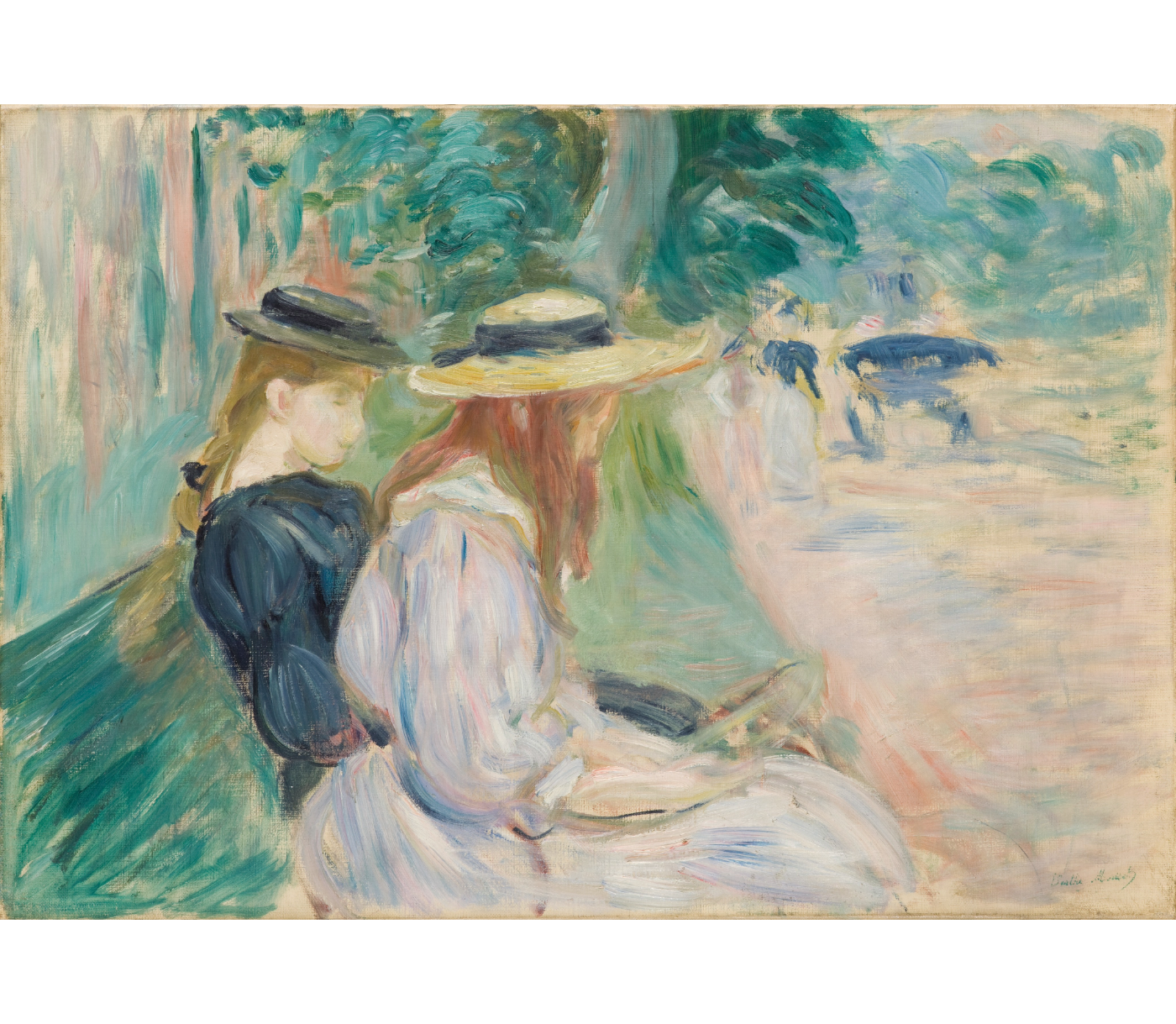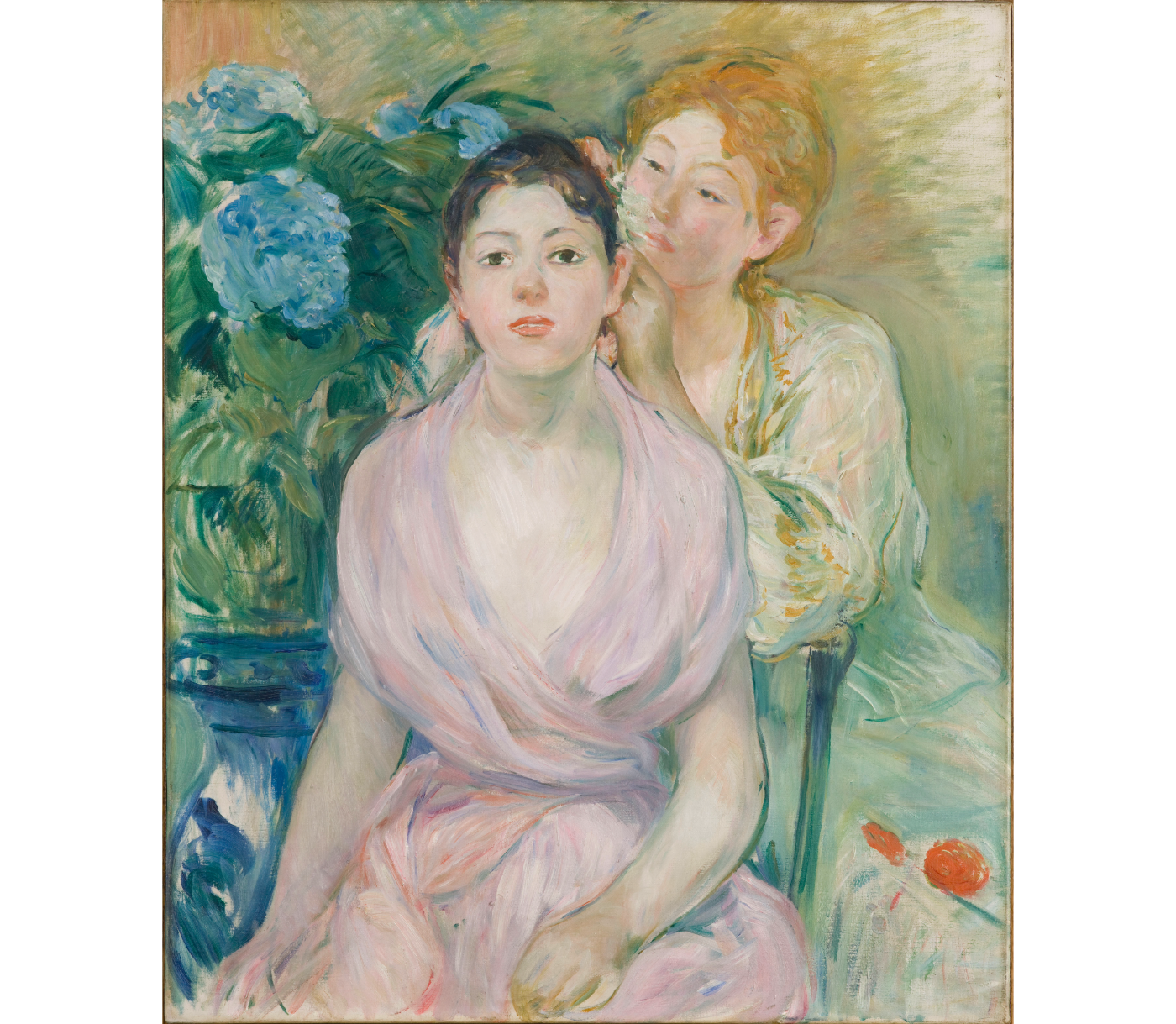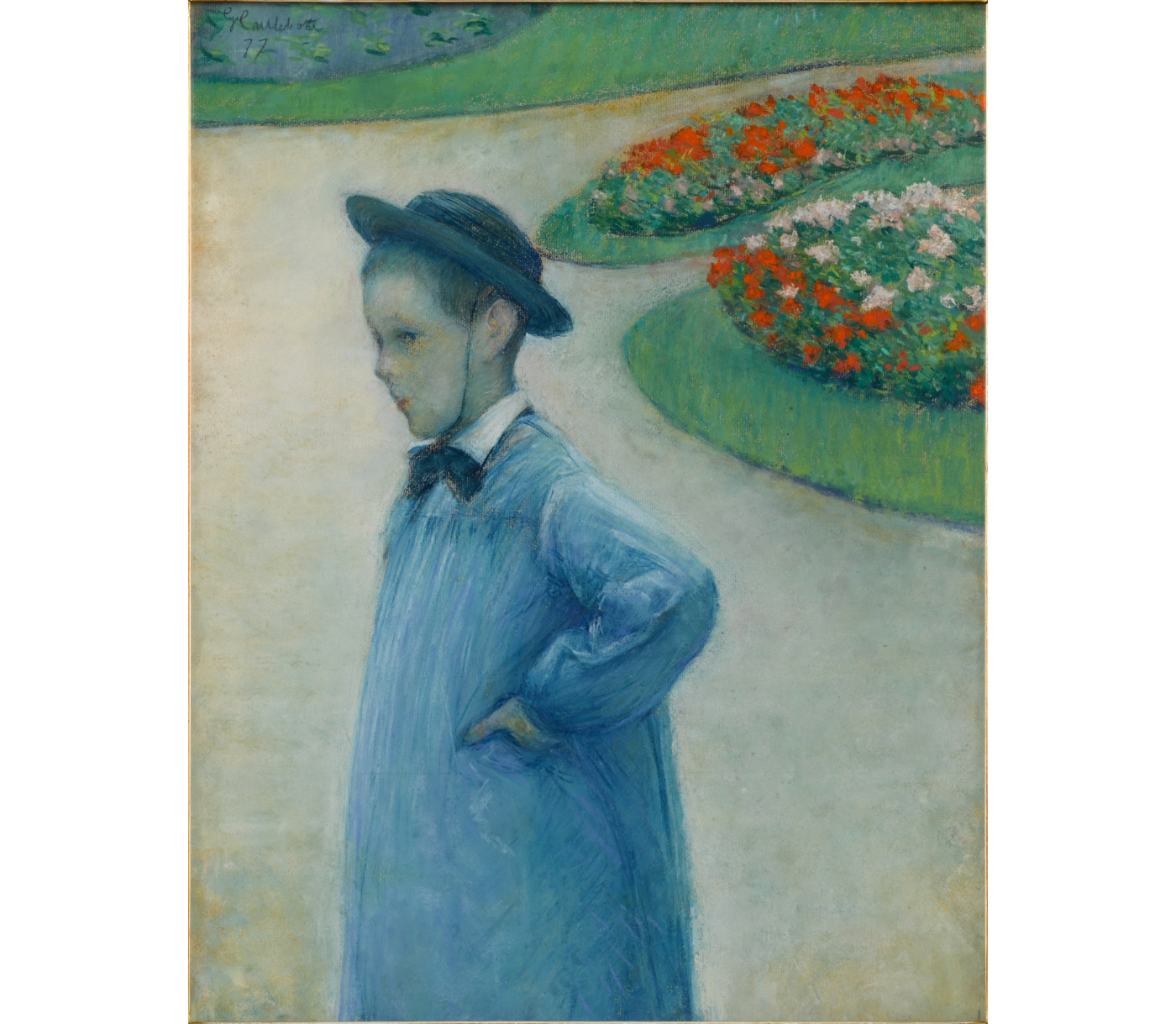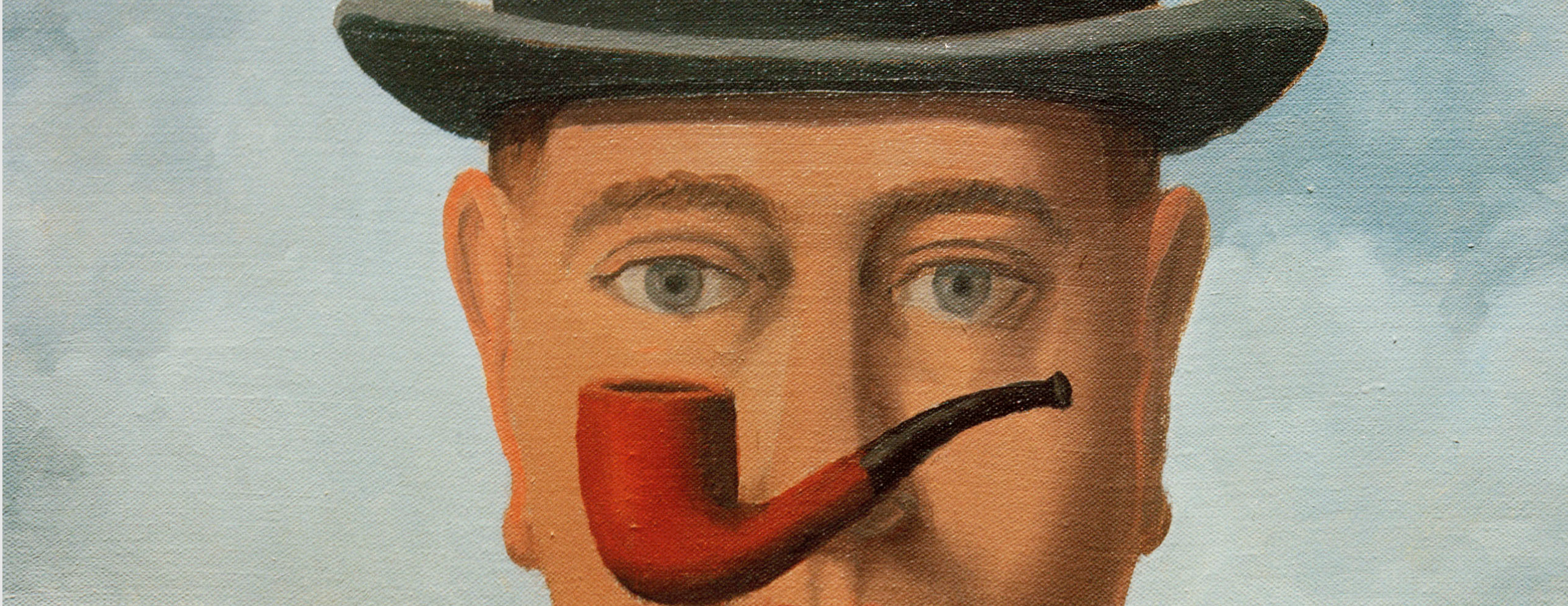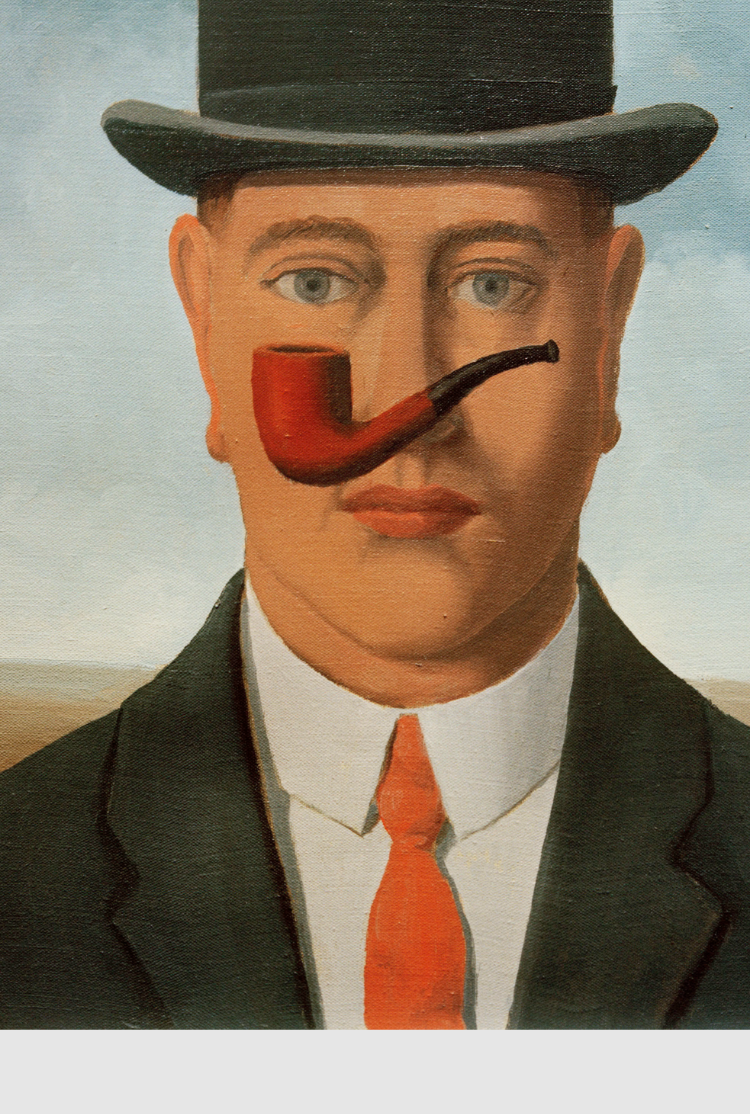Let’s start with the support. The impressionists use cardboard and paper but they much prefer painting on canvases (pieces of fabric) stretched on a wooden chassis.
There are several types of chassis: simple ones are fixed, while key frames are equipped with wooden wedges (the keys) for adjusting the tension of the canvas. They’re more expensive but they keep the canvas well stretched, which is essential in order to avoid eventual deformations.
The impressionists prefer to pay more for their materials so that they’ll be top quality: it’s a way of showing future purchasers how committed they are.
As regards the size of their canvases, the impressionists are known for their small formats, easier to transport when you’re painting in the open air. But they also create large formats in their studios, by combining several small canvases or ordering made-to-measure supports from dealers.
